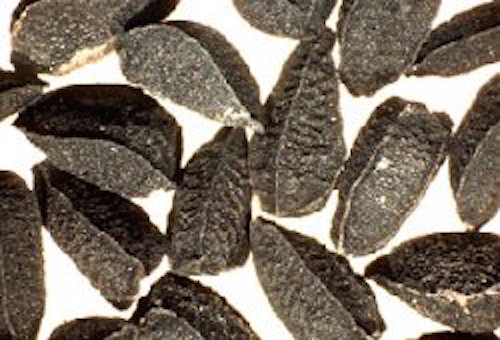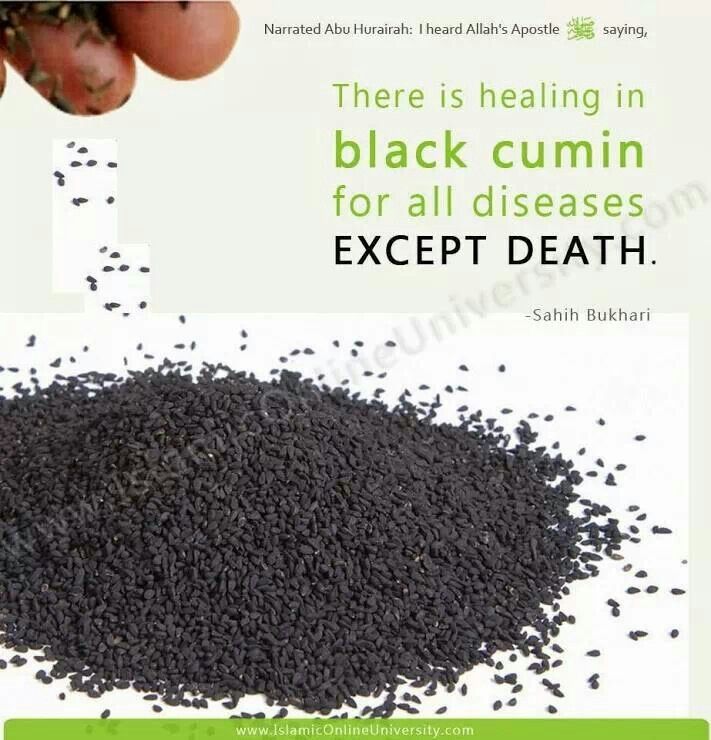- The prophet of Islam is reported to have said that the black seed can cure all diseases
Natural Society
Nigella Sativa, also known as “black seed,” is experiencing a boom in popularity as the number of scientific studies affirming its long-supposed benefits are coming to light. Now, a remarkable case study stands to add “HIV treatment” to its list of potential benefits.
HADITH
Abu Hurayrah, may Allah be pleased with him, narrated that the Prophet
said: “Use this Black Seed regularly, because it is a cure for every disease, except death.” [Al-Bukhari and Muslim]
The study, published in the African Journal of Traditional, Complementary, and Alternative Medicine, tells the story of an HIV patient who went into complete remission after black seed treatment.
As GreenMedInfo reports, the patient was treated with Nigella sativa for a period of six months, after which there was no detectable HIV virus or antibodies against HIV in his bloodstream. Further, the HIV stayed gone.
The study abstract explains that the patient, who saw an herbalist, was suffering with symptoms common in HIV, including chronic fever, weight loss, lesions, and diarrhea. But the black seed treatment had impressive and near-immediate results.
“The patient was commenced on Nigella sativa concoction 10 mls twice daily for 6 months.. He was contacted daily to monitor side-effects and drug efficacy. Fever, diarrhoea and multiple pruritic lesions disappeared on 5th, 7th and 20th day respectively on Nigella sativa therapy. “
On the 187th day, HIV tests came back negative. Further, 24 months after the therapy was stopped, the tests remained negative for HIV and HIV antibodies, researchers, Onifade AA1, Jewell AP, and Adedeji WA published.
Abstract contd. Examination revealed moderate weight loss, and the laboratory tests of ELISA (Genscreen) and western blot (new blot 1 & 2) confirmed sero-positivity to HIV infection with pre-treatment viral (HIV-RNA) load and CD4 count of 27,000 copies/ml and CD4 count of 250 cells/ mm(3) respectively. The patient was commenced on Nigella sativa concoction 10 mls twice daily for 6 months.. He was contacted daily to monitor side-effects and drug efficacy. Fever, diarrhoea and multiple pruritic lesions disappeared on 5th, 7th and 20th day respectively on Nigella sativa therapy. The CD4 count decreased to 160 cells/ mm3 despite significant reduction in viral load (≤1000 copies/ml) on 30th day on N. sativa. Repeated EIA and Western blot tests on 187th day on Nigella sativa therapy was sero-negative. The post therapy CD4 count was 650 cells/ mm(3) with undetectable viral (HIV-RNA) load.
Read: The Houseplant that Helps Stop the Spread of HIV/AIDS
Generally, HIV is treated with highly active anti-retroviral therapy (HAART). This conventional therapy is controversial because the side-effects are often far worse than the viral symptoms to begin with. There are indications that the treatment, and not the HIV virus at all, can be blamed for many HIV-credited fatalities.
“This case report reflects the fact that there are possible therapeutic agents in Nigella sativa that may effectively control HIV infection,” concluded the study authors, adding HIV treatment to the long list of potential black seed benefits.
As I reported a few months ago on the benefits of black seed (Part I and Part II), the seed has been used for centuries as a healing remedy. A few of the known benefits include treatment of:
- Various type of cancer
- Epilepsy
- Type 2 diabetes
- MRSA
- Brain damage from lead
- Asthma
- Radiation damage
- High blood pressure
Nigella sativa can be found online and in health stores under the names black seed and occasionally black cumin. However, because “black cumin” is a common name applied to a completely different seed, make sure the product is labeled as Nigella sativa.
Second study by Dr. Onifade et al published in Journal of Herbal Medicine; Science Direct
Effectiveness of a herbal remedy in six HIV patients in Nigeria
The failure of conventional medicine to cure the human immunodeficiency virus (HIV) infection compels many people living with the virus to seek alternative therapy. This pilot study determined the effectiveness (clinical and laboratory responses) of α-Zam (defined by the herbal therapist as Nigella sativa and honey), which is used by patients seeking herbal remedies for HIV infection in Nigeria. Six patients taking this herbal concoction as an alternative therapy for HIV infection were recruited into the study and monitored for 4 months. All six patients were infected by HIV, as confirmed by Western blot analysis in the nearest teaching hospital, i.e. LAUTECH teaching hospital or Ahmadu Bello University Teaching Hospital, before commencing preliminary clinical and laboratory examinations using World Health Organization (WHO) and Centres for Disease Control and Prevention (CDC) criteria. The patients were contacted daily and visited regularly after commencement of herbal medications to assess the efficacy (disappearance of presenting signs and symptoms associated with HIV infection), side-effects, drug toxicity, and compliance. The symptoms and signs associated with HIV infection disappeared within 20 days of commencement of herbal therapy with significant difference (p < 0.05) before treatment and at periodic intervals on α-Zam therapy. Body weight increased from an average of 53 ± 2 kg to 63 ± 2 kg, viral load (HIV-RNA) decreased from 42,300 ± 1500 copies/ml to an undetectable level (≤50 copies/ml), and CD4+ count increased from an average of 227 ± 9 to 680 ± 12 mm3/μL at 4 months post-therapy. This study concluded that the herbal remedy (α-Zam) is effective in the treatment of HIV infection based on a significant improvement in both the clinical features and laboratory results of HIV infection. However, a longer follow-up is suggested to ensure that the observed improvement is sustained. In addition, a large population study is needed to confirm our observation in this cohort of people.






